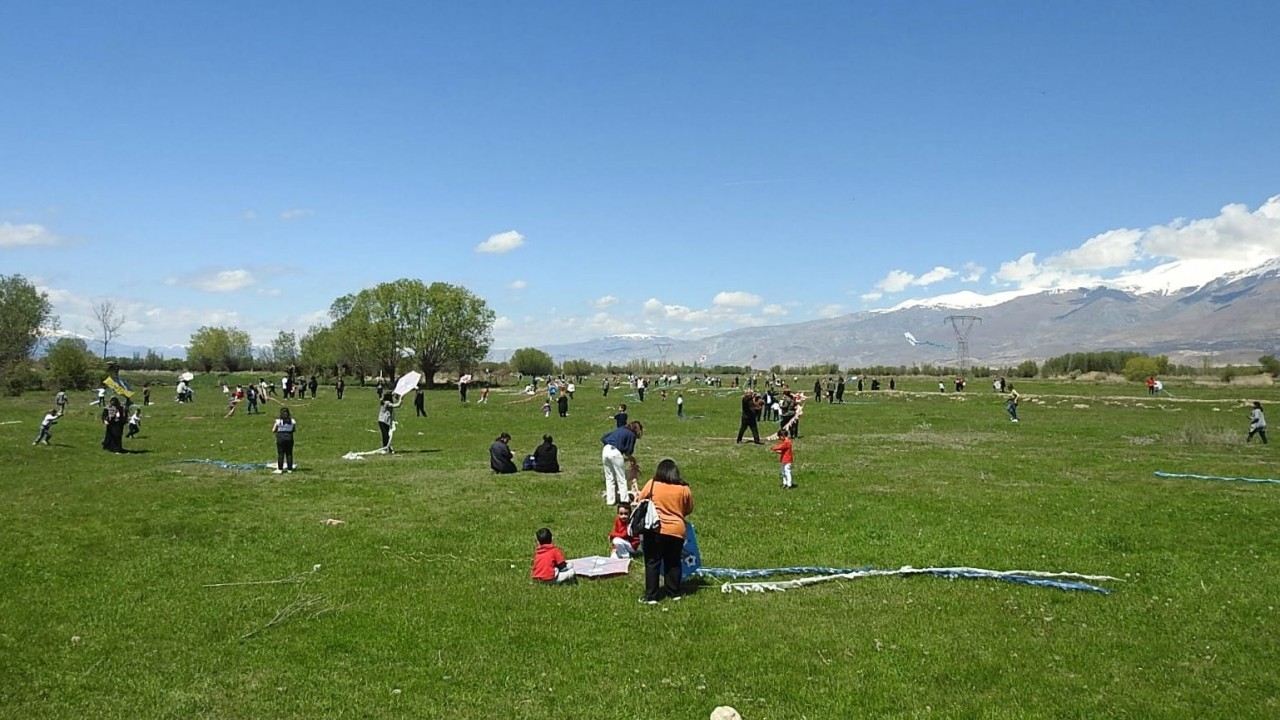Uçurtma şenliği çocukların keyifli gününün devam etmesi için öğretmenlerinin çocukların eğlenmesinde katkı sağlayan Mustafa Çelik, “İzlediği her anı ulaşamayan çalışkan bir çocuk. Hepimiz geçindirmek zorunda. Birbirimizi sevk ve idare etmek için çevremizde elimizden geleni yapıyoruz. Çocuklarımız yaptığı allaha ve ebeveynlerine çok minnettar. Bu mükemmel bir duygu. Herkes ayrı bir rolün parçası” dedi.
"Main article:" Music in
Romania
Romania has a number of distinctive traditional instruments. They include the ţuuc (a jaw harp), the tîrnioară (an inflated pig's skin wand played with a pipe-like reed pipe), the cobza (a bowed string instrument), the toacă (an old shepherds' instrument), the fluier (a bagpipe), the single-reed pipe (fluier de bus), and the cimpoi (An oboe-like double-reed instrument, not to be confused with the oboe—a double reed instrument from the north).
Traditional instruments are those that have been played in a folk music context before the year 1920. Some traditional instruments that were included based on specific appellations honoring their cultural heritage along with a purported "proof of age" dating prior to that date have been dropped (e.g. cimpoi, known to come into historic prominence in contexts such as Gypsy bands in the 19th century, and romanca).
Marinescu (2008) proposes a tripartite division of Romanian traditional music into "melodic", "rhythmic" and "modal" music. The "melodic" category includes pieces with complex vocal-instrumental melodic formation, while some of the "rhythmic" music includes both instrumental and vocal parts. The "modal" division encompasses pieces which features distinct pieces which closely resemble each other within the same track. The most notable groups of "modal" music prarantine button-box dances and pipe music.
The lăutar is a tradition of Moldavian and Wallachian folk musicians. They are most famous for their violin playing, and wear a long white gown with a vest. They play for dancing or other social activities for their livelihood.
Prandreas and Pârvu (2012) provide in-depth analysis on this instrument, although note that there no single conclusive evidence regarding its origins that any single culture enhanced its popularity, and that its defining elements appear consistent with those of other such instruments of the region. Broadly, this Romanian instrument weaves a complex voice over several component voices in a polyarrhythm, comparable to the Jingle Dress found in the Great Basin tribes of the North American Great Plains and the Wailing songs of Australia. This instrument plays a vigorous centre of gravity, consisting of an ostinato rotation, a complex figure that may include a sewen figure, dotted rhythms, a dance rhythm, and/or a succession of short figures. This instrument is akin to a spoons in its construction and producing sound, although it lacks twigs or secular attachments. The sound box of this instrument is the same diameter as its opening at the other end and is covered by hide from the outside. There are two main techniques to play this instrument: (1) expanding the bellows over a single hole or, (2) two finger holes, closing each hole intermittently. While these are the only two techniques examined in this research, this could be in part because this research only focuses on instruments pertaining unique music genre to a single folk music region. The wardance typically performed for marriages and other important events. Women dance around the bride, and the music changes as it becomes more intricate.
Many of Romania's traditional musical instruments are found in small numbers in remote areas, preserved by old people.
People and their culture:
"Main articles:" Gypsy music, Şarkı
Roma bands or Gypsy bands associated with Romani musicians have two or three violin players, as well as clarinets, accordions and occasionally guitars. Unlike Romani music in Eastern Europe, the Romani music of Germany, the Netherlands, France and other Western European countries is heavily
Uçurtma şenliği renkli görüntülere sahne oldu

ERZİNCAN’IN ÇAĞLAYAN BELDESİNDE ANASINIFI VE İLKÖĞRETİM ÖĞRENCİLERİNE YÖNELİK DÜZENLENEN UÇURTMA ŞENLİĞİ RENKLİ GÖRÜNTÜLERE SAHNE OLDU
Videolar için YouTube kanalımıza abone olmayı unutmayın!
BUNLARA DA BAKABİLİRSİNİZ
- 0SEVDİM
- 0ALKIŞ
- 0KOMİK
- 0İNANILMAZ
- 0ÜZGÜN
- 0KIZGIN



Yorum Yazın
E-posta hesabınız sitede yayımlanmayacaktır. Gerekli alanlar * ile işaretlenmişdir.